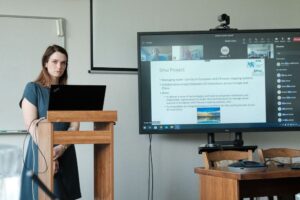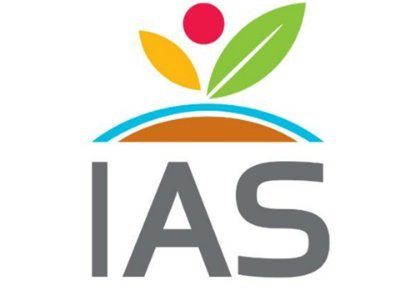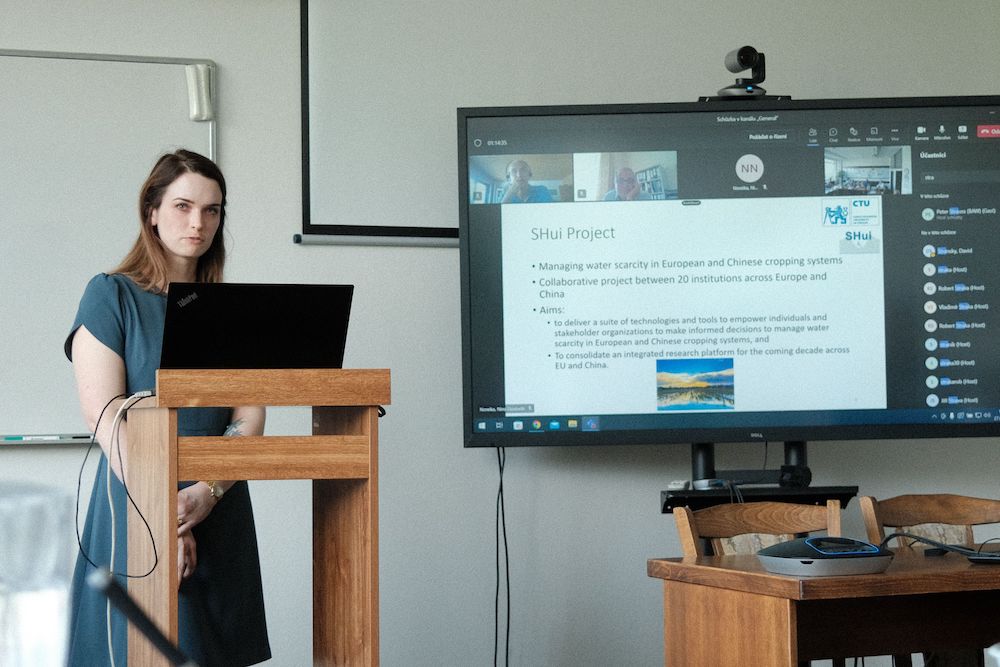On Monday 27 June 2022, Dr Nina Noreika of the Czech Technical University, successfully defended her PhD thesis, entitled Modelling hydrological impacts of management practices in rural catchments using SWAT. Nina was exclusively involved with, and financed by, the SHUi project, and is the first of our European Early Career Researchers to achieve this milestone, despite the challenges of covid lockdowns. In keeping with the times, she defended her thesis in a hybrid format to an examining committee comprising:
- Prof Martin Hanel (Czech Academy of Life Sciences)
- Dr David Stransky (Czech Technical University)
- Prof Andreas Klik (University of Natural Resources and Life Sciences, Vienna, Austria)
- Dr Josef Krasa (Czech Technical University)
- Dr Peter Strauss (Managing Director at the Federal Agency for Water Management, Austria)
- Prof Milena Cislerova (Czech Technical University)
You can read about Nina’s motivations to pursue PhD studies here. Her successful defence was widely anticipated following her extensive research within the project, being involved in publishing 7 papers including the 3 first author ones that formed the nucleus of her thesis.
Initially, Nina conducted scenario analyses using the Soil and Water Assessment Tool (SWAT) to determine the effects of planting biofuels (rapeseed) on water balance, showing that attempts to enhance energy sustainability were compromising sustainable water management. You can read the details of this study here. While this paper examined the impact of current biofuel policies, she continued to use SWAT-based scenario analysis to historically examine how changes in crop management over successive Czech political eras has affected hydrological flows in the landscape. Past eras with minimal landscape transformation and the absence of subsurface tile drainages reinforced the small water cycle, with future diversification of crop rotations and increased area of forest and permanent grassland opening possibilities to reverse damage. The ability of SWAT to model at varying scales allowed a more recent study evaluating different conservation agriculture practices, with contour farming and residue incorporation particularly effective at farm-scale. Incentivising farmers to adopt these techniques will be critical to realise benefits at larger scales.
While she will remain in the Czech Republic in the short-term to finish up work of the SHUi project, Nina has recently accepted a position with Arup (a private company) in Bristol, UK as a Senior Catchment and Natural Flood Management Specialist. Starting in October, this clearly indicates that the PhD training provided within the SHui project, especially by her host institution, is providing graduates with relevant skills, attractive to prospective employers.
“I am so thankful for my time associated with the SHui project. The last four years working in the SHui community have taught me how invaluable collaboration is. SHui provided not only funding for my research, but also various early career researcher resources and webinars to expand my field of interest. SHui also gave me the ability to travel across Europe to collaborate across organizations or to attend conferences. I can’t imagine my last four years spent in Prague without the SHui project, and I’ll be forever grateful for this opportunity.”
Link to the dissertation: https://dspace.cvut.cz/handle/10467/102671?show=full











